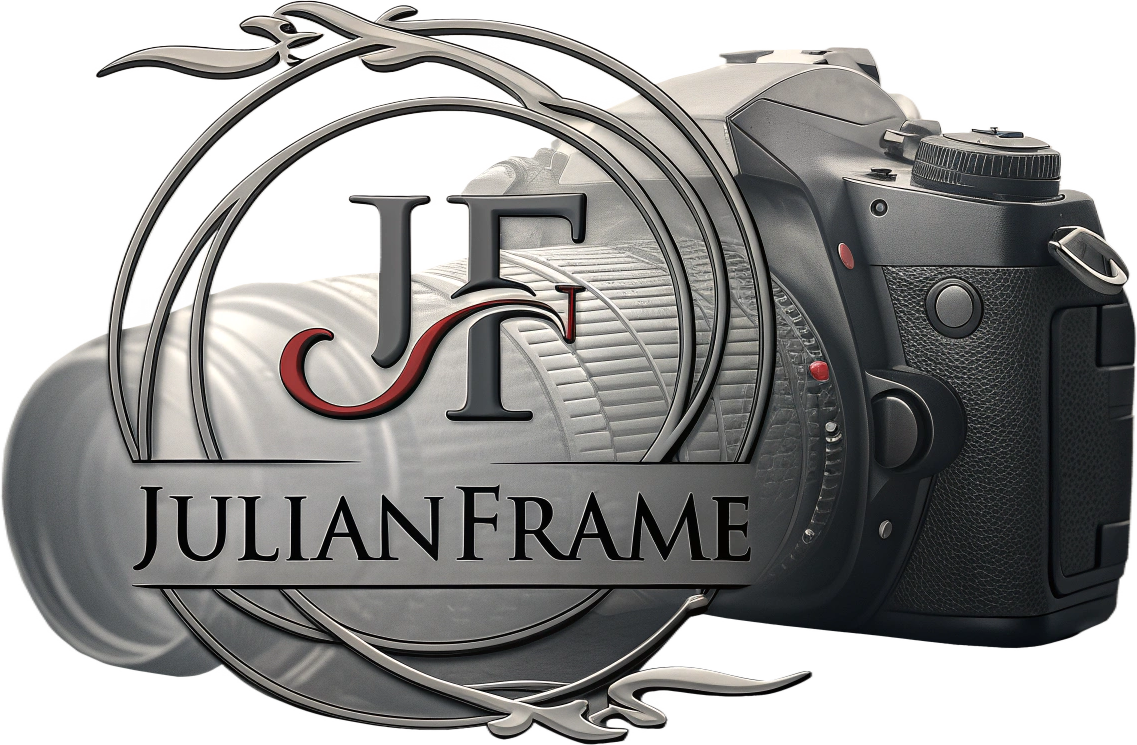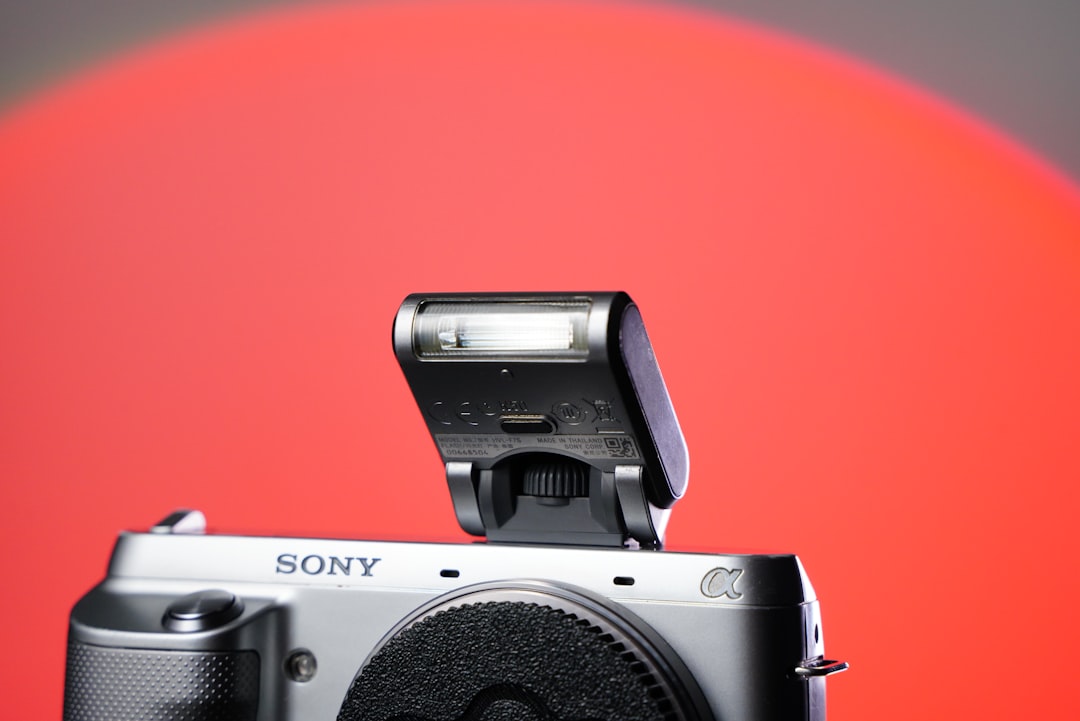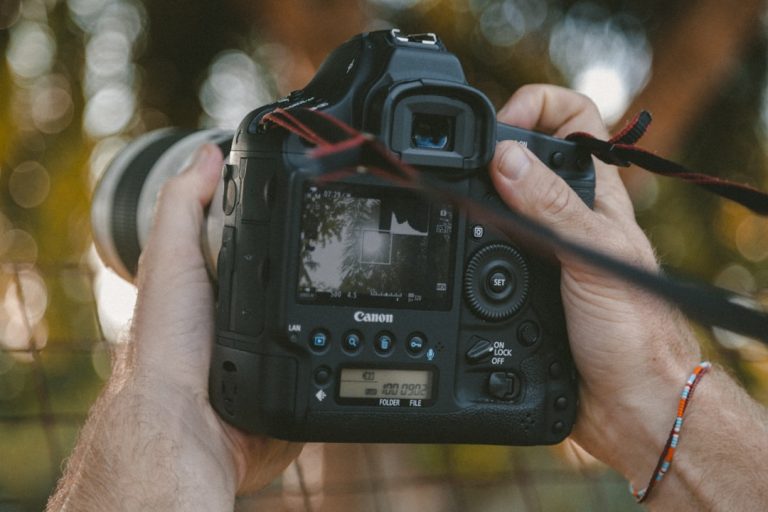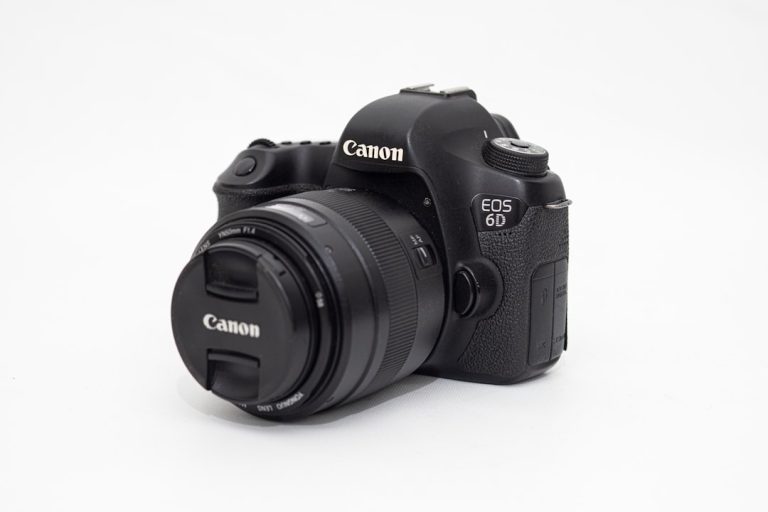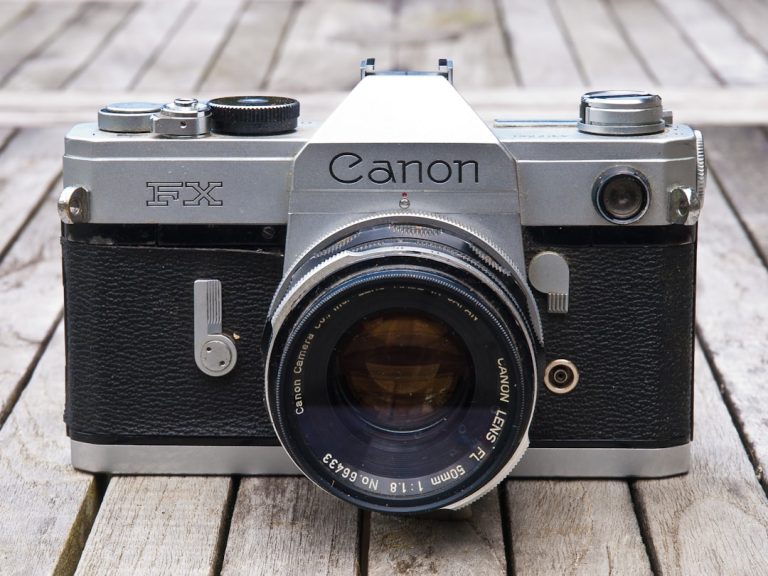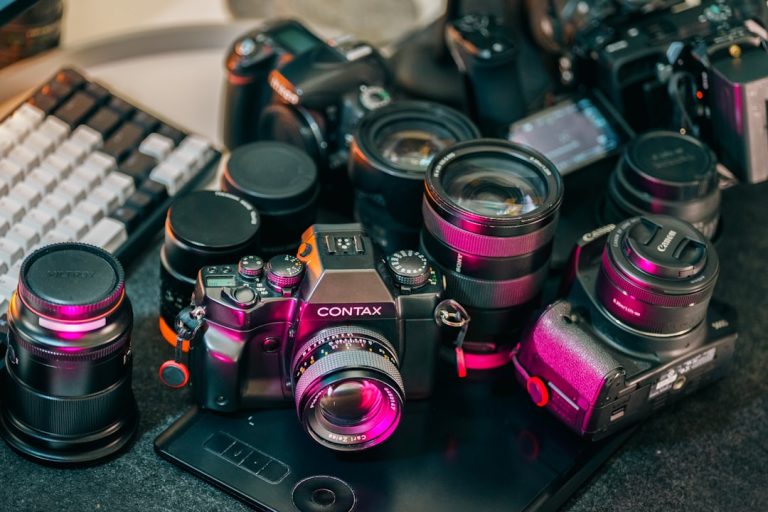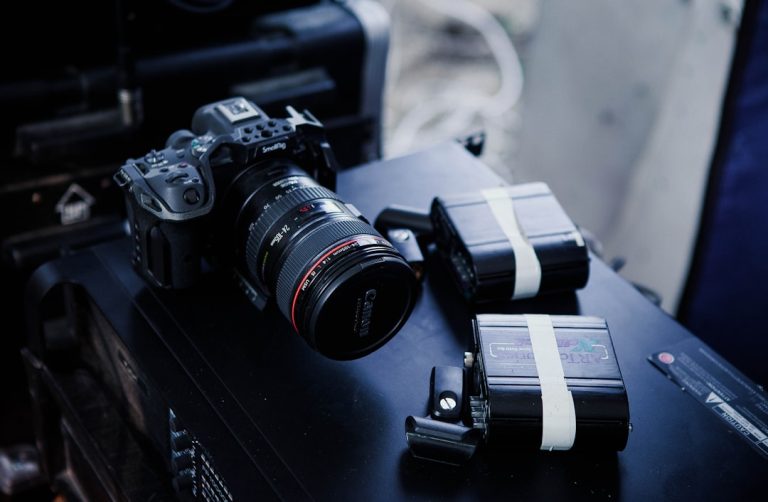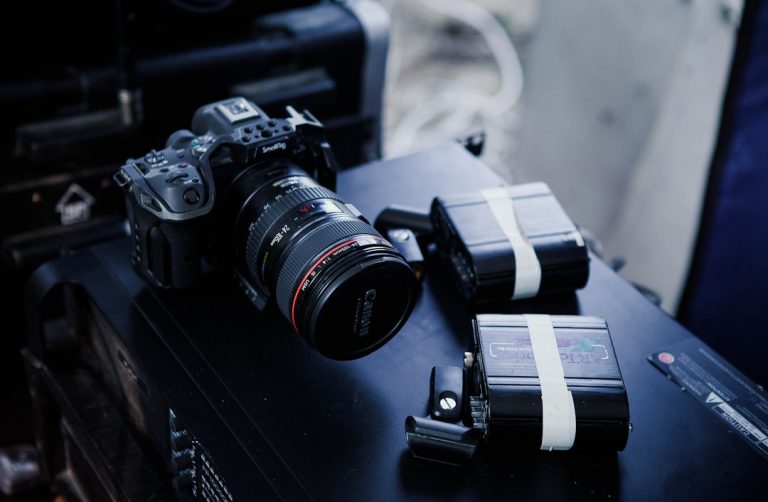The Ultimate Guide to Choosing Photography Equipment: Balancing Quality, Budget, and Creativity
When it comes to photography, the right equipment can be the difference between a snapshot and a masterpiece. However, with a multitude of choices available in today’s market, selecting the perfect gear can feel overwhelming. In this guide, we’ll explore how to navigate the exciting yet daunting world of photography equipment while balancing quality, budget, and creativity.
### Understanding Your Needs
Before diving into gear, it’s essential to define your photography goals. Are you a budding enthusiast capturing family memories, or a seasoned professional shooting for magazines? Your needs will determine the type of equipment you should invest in. If you’re aiming for landscape photography, for instance, a sturdy tripod and wide-angle lenses might be high on your list. Conversely, if you’re into portraiture, a good camera with a quality lens that has a wide aperture will be crucial.
### The Basics: Camera Bodies and Lenses
Let’s start with the camera body. While the allure of high-end, feature-rich DSLRs and mirrorless systems is hard to resist, remember that a higher price doesn’t always equate to better results. Many budget-friendly models offer impressive capabilities. Brands like Canon, Nikon, and Sony produce excellent entry-level cameras that won’t break the bank.
Lenses are equally important and can dramatically impact your photography. A versatile zoom lens can be a fantastic all-rounder, allowing you to capture various subjects without needing to swap lenses frequently. However, consider investing in a prime lens, too; they often provide superior image quality and larger apertures, enhancing low-light performance.
### Accessories: The Unsung Heroes
Once you’ve settled on a camera and lens, don’t forget the accessories that can elevate your photography game. A sturdy tripod is indispensable for landscape and night photography, ensuring stability for long exposures. Filters, such as polarizers and ND filters, can help you manage light and enhance colors in your images. Additionally, investing in a quality camera bag will protect your gear and keep you organized while shooting.
### Budget-Friendly Options
For photographers on a tight budget, there are plenty of ways to build a solid kit without spending a fortune. Consider buying used equipment; many photographers upgrade frequently, leaving behind great gear at a fraction of the original price. Websites like KEH or MPB specialize in used photography gear and often provide warranties on their products.
Moreover, many brands offer refurbished equipment that comes with a manufacturer’s warranty and has been tested to ensure it’s in top condition. Additionally, look for budget-friendly brands like Tamron or Sigma for lenses that can save you money while still delivering high-quality images.
### Luxury vs. Affordable Choices
When considering luxury versus affordable options, it’s crucial to remember that the most expensive equipment doesn’t automatically make you a better photographer. The skill of the photographer is paramount. While professional gear can enhance capabilities, the real magic lies in your vision and creativity. Many successful photographers began with basic equipment and gradually upgraded as their skills improved.
### Eco-Friendly Alternatives
As environmental concerns rise, many photographers are turning to eco-friendly equipment. This can include using solar-powered chargers for batteries or opting for brands that emphasize sustainability in their manufacturing processes. Additionally, consider how you can minimize waste in your photography practice, such as by using digital rather than physical prints or seeking out recycled materials for DIY projects.
### DIY Approaches to Photography Equipment
For the creatively inclined, DIY photography equipment can be both a fun and budget-friendly solution. From building your own lightbox to crafting reflectors from foam board or cardboard, there’s a plethora of tutorials available online that can help you create unique solutions tailored to your style. Not only can this save you money, but it can also lead to innovative approaches in your work.
### Emerging Trends in Photography Equipment
Keeping an eye on emerging trends can give you a competitive edge. For instance, the rise of smartphone photography has sparked significant advancements in mobile camera technology, pushing traditional camera manufacturers to innovate further. With smartphones boasting incredible cameras, photographers now have the opportunity to capture high-quality images on-the-go without carrying bulky equipment.
### Conclusion: Equipment as a Tool for Creativity
In the end, the best photography equipment is the one that complements your creative vision and enhances your ability to tell stories through images. Whether you opt for luxury gear or budget-friendly choices, what truly matters is how you use your tools. Embrace your journey as a photographer, continually learn, and remember that creativity often flourishes under constraints. Happy shooting!
